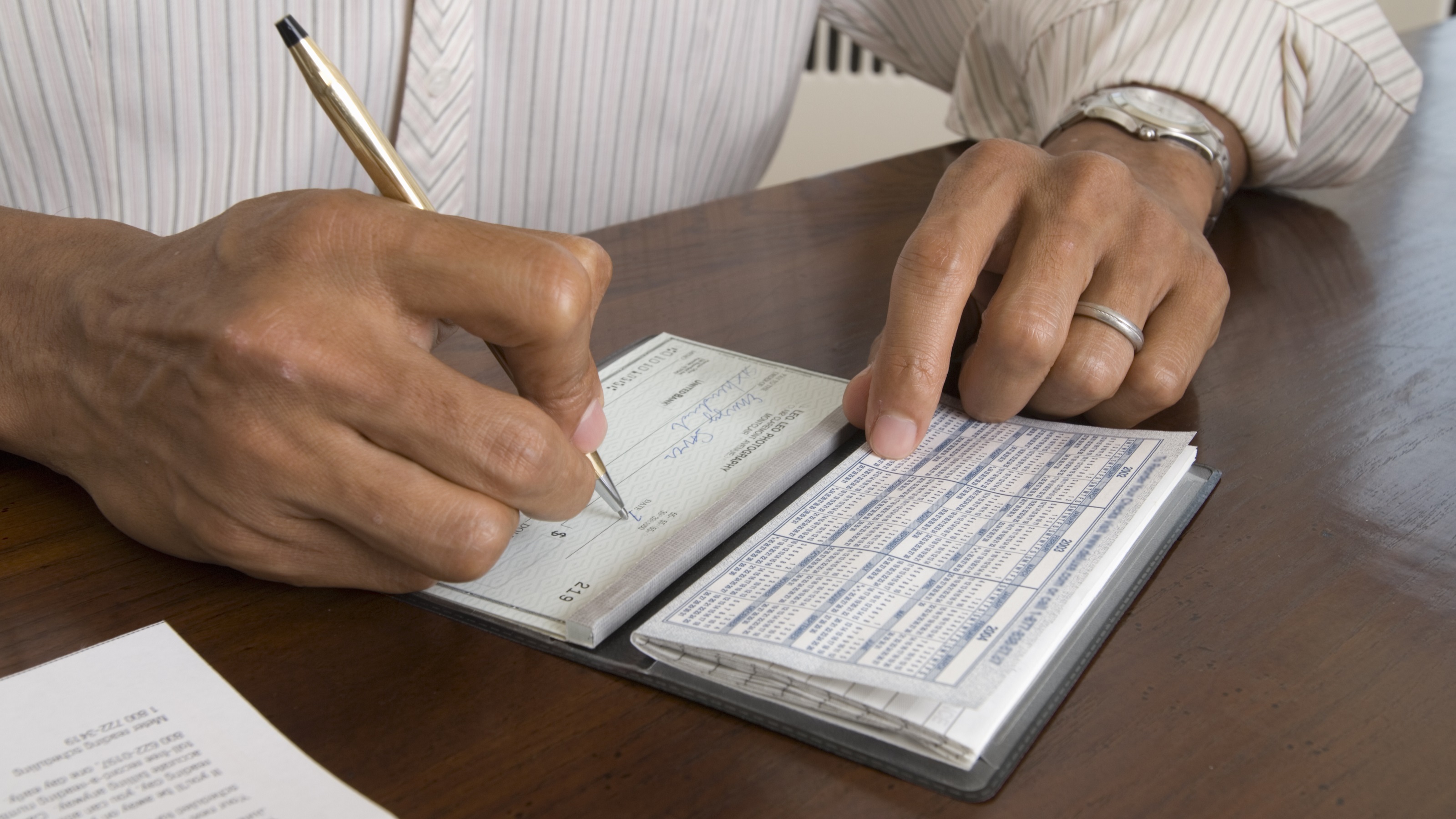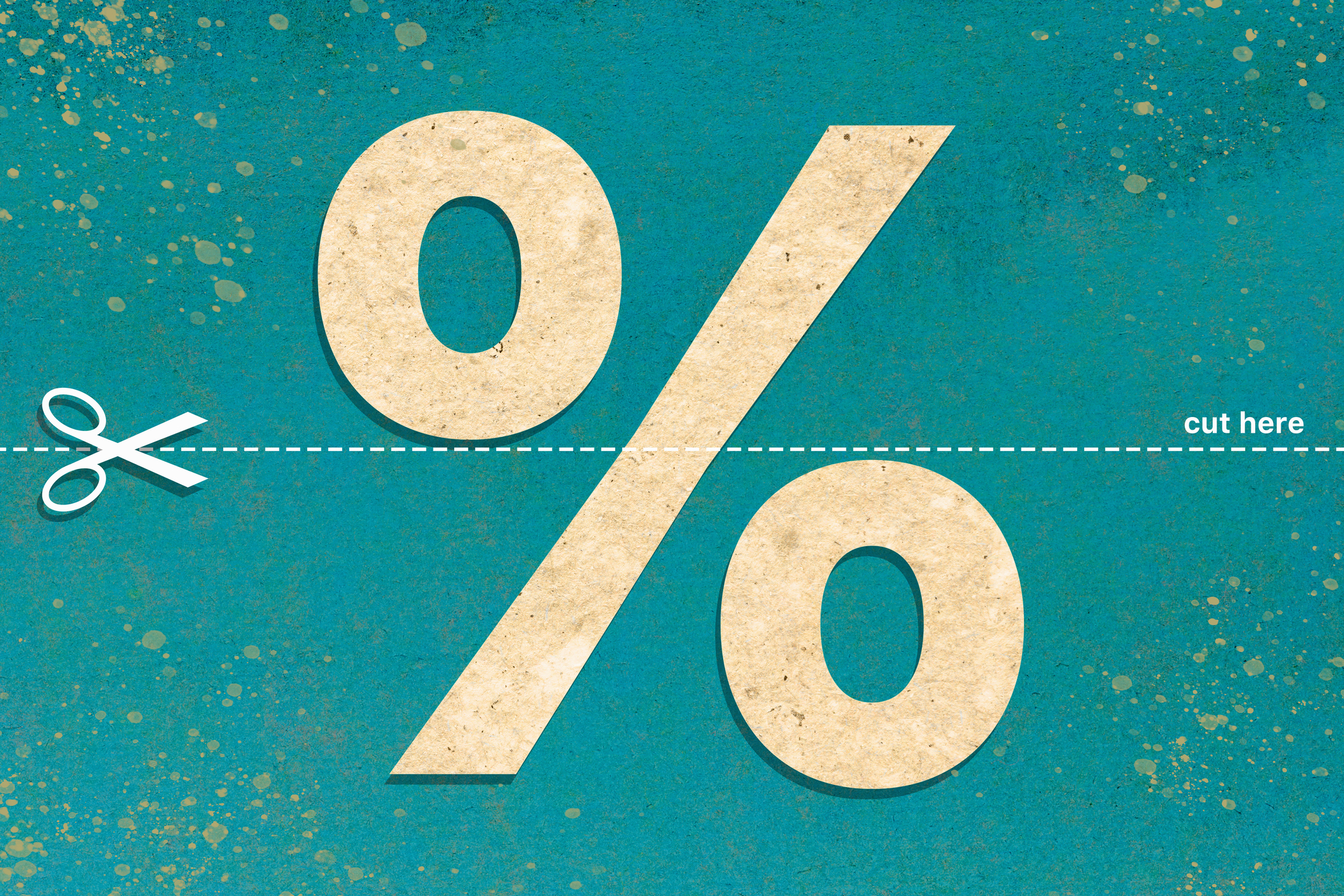How to Write a Fraud-Proof Check
Fraudsters have found clever ways to alter the names and amounts on checks you've written. Use these simple steps to prevent them from taking your money.


It may seem as though check-writing is becoming a lost art, but it remains a popular way to send money. A recent study from Abrigo, which makes fraud-prevention software, found that 61% of Americans still write checks.
If you’re among them, there are a few simple precautions you can take to avoid fraud and theft.
Check washing and ID theft
Check washing scams involve changing the payee names or the dollar amounts on checks and fraudulently depositing them. Criminals may also steal checks from mailboxes and use chemicals to remove — or "wash" off — the ink before rewriting it to themselves.
From just $107.88 $24.99 for Kiplinger Personal Finance
Become a smarter, better informed investor. Subscribe from just $107.88 $24.99, plus get up to 4 Special Issues

Sign up for Kiplinger’s Free Newsletters
Profit and prosper with the best of expert advice on investing, taxes, retirement, personal finance and more - straight to your e-mail.
Profit and prosper with the best of expert advice - straight to your e-mail.
To avoid falling victim, make sure to fill out all the required fields on a check. If possible, use indelible ink or a gel pen; gel ink is more difficult for criminals to “wash” off than ink from a ballpoint pen.
If a blank space appears to the right of the dollar amount you’ve written, draw a line through the space to help prevent crooks from altering or adding to the amount. Roxann Cooke, senior director of consumer banking at Chase, recommends that you never make a check payable to “cash,” which could allow anyone to deposit it. Instead, write the intended recipient’s name.
Also, avoid sharing too much of your personal information on a check. Don’t include your driver’s license number, Social Security number or anything else that a thief could use to steal your identity.
Mailing checks safely
If you’re sending a check through the mail, put it in a security envelope, which has a crosshatch pattern on the interior to mask the envelope’s contents. Or, if you use a standard envelope, wrap the check in a piece of paper before you place it inside.
Cooke suggests taking your check to a post office to mail it rather than putting it in your home mailbox, where a thief may be able to intercept it more easily. For extra protection — say, for a large payment — you can send the check by certified mail, which requires the recipient to provide a signature upon delivery.
Finally, always follow up with payees to make sure they've received your check.
Note: This item first appeared in Kiplinger Personal Finance Magazine, a monthly, trustworthy source of advice and guidance. Subscribe to help you make more money and keep more of the money you make here.
Related content
Profit and prosper with the best of Kiplinger's advice on investing, taxes, retirement, personal finance and much more. Delivered daily. Enter your email in the box and click Sign Me Up.

Ella Vincent is a personal finance writer who has written about credit, retirement, and employment issues. She has previously written for Motley Fool and Yahoo Finance. She enjoys going to concerts in her native Chicago and watching basketball.
-
 I'm want to give my 3 grandkids $5K each for Christmas.
I'm want to give my 3 grandkids $5K each for Christmas.You're comfortably retired and want to give your grandkids a big Christmas check, but their parents are worried they might spend it all. We ask the pros for help.
-
 If You're Not Doing Roth Conversions, You Need to Read This
If You're Not Doing Roth Conversions, You Need to Read ThisRoth conversions and other Roth strategies can be complex, but don't dismiss these tax planning tools outright. They could really work for you and your heirs.
-
 Could Traditional Retirement Expectations Be Killing Us?
Could Traditional Retirement Expectations Be Killing Us?A retirement psychologist makes the case: A fulfilling retirement begins with a blueprint for living, rather than simply the accumulation of a large nest egg.
-
 21 Money Moves Smart People Are Making Before 2026
21 Money Moves Smart People Are Making Before 2026These steps can help trim your tax bill, boost your savings, lower your health care costs and set you up for financial success in 2026.
-
 Giving Tuesday 2025: 'Every Small Act Makes a Major Difference'
Giving Tuesday 2025: 'Every Small Act Makes a Major Difference'GivingTuesday encourages generosity in any form, from donating to charity to helping your neighbors.
-
 How to Position Your Portfolio for Lower Interest Rates
How to Position Your Portfolio for Lower Interest RatesThe Federal Reserve is far from done with its rate-cutting regime. This is how investors can prepare.
-
 Moves to Manage the Soaring Costs of Owning a Car
Moves to Manage the Soaring Costs of Owning a CarIt's costing more and more to keep a car on the road, but you can drive some costs down. Here's how to get a better deal on insurance premiums, repairs and gas
-
 5 Simple Fixes to Save on Heat Bills This Winter
5 Simple Fixes to Save on Heat Bills This WinterWith fuel prices expected to rise 10% or more this winter, making your home more energy efficient will really pay off.
-
 Why It's Worth Booking a Winter Vacation
Why It's Worth Booking a Winter VacationTravel Smart In the early months of the year, travel demand dips — and so do prices.
-
 New Ways to Use 529 Plans
New Ways to Use 529 PlansTax-free withdrawals from 529 plans could help you sharpen your job skills.
-
 Don't Waste Your Money on Bad Gifts. Try This Instead.
Don't Waste Your Money on Bad Gifts. Try This Instead.Holiday Happiness These strategies, backed by behavioral finance, can help you find presents that your loved ones will truly enjoy.